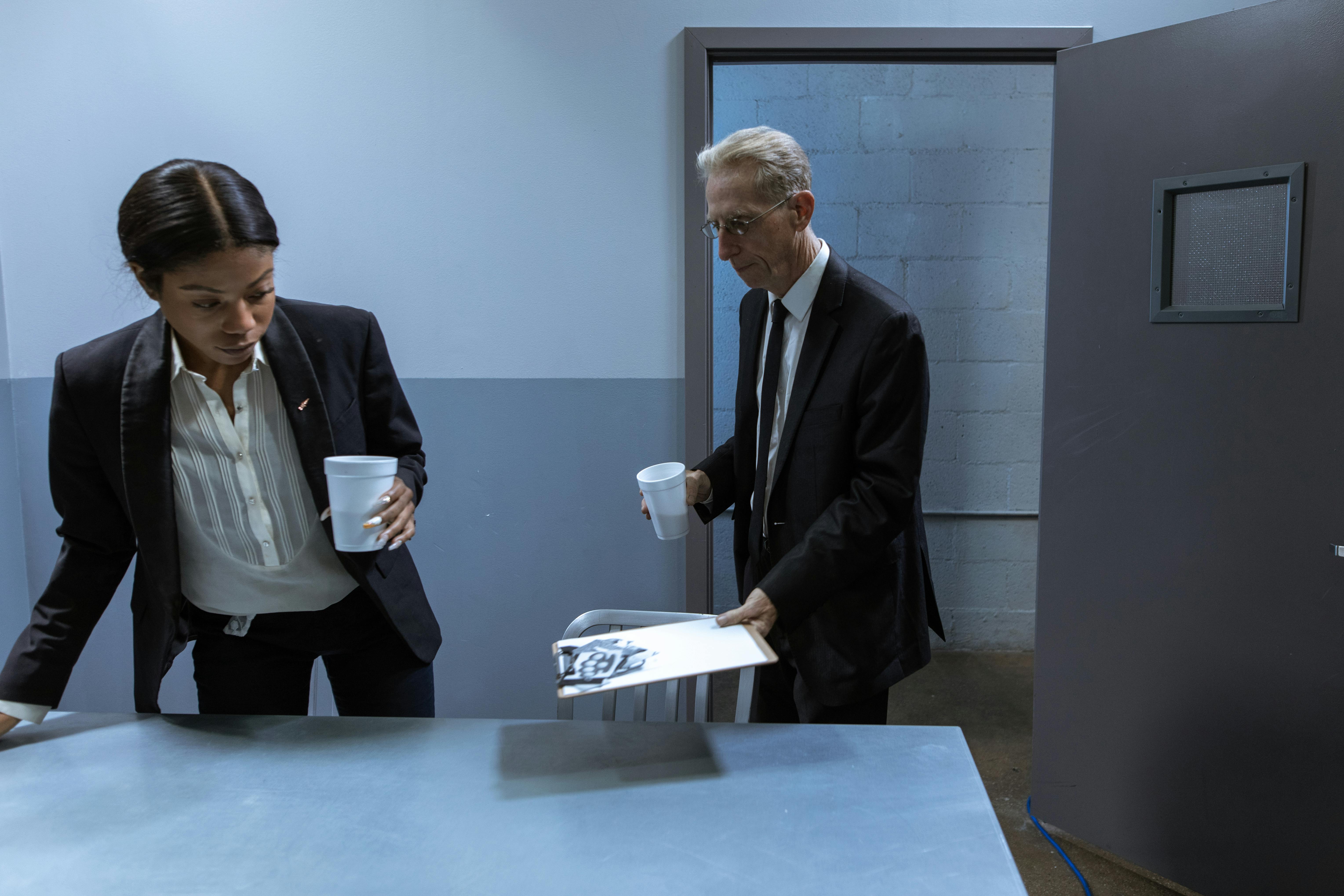
Recent media reports have questioned whether the chemical BPA, found in popular polycarbonate plastic, is really safe for use in glasses, plates, and other plastic products that come into contact with food.
While the facts, science, pros and cons behind the BPA question could fill a lengthy article, if you are a concerned shopper, you are probably not overly interested in the scientific arguments, you just want to play it safe and avoid BPA. But conflicting reports about which products may contain BPA make it difficult to safely choose plastic cups and plates.
Happily, it’s pretty easy to find BPA-free plastic dinnerware. There are many different plastics that are used to make glasses and plates, and most are and always have been BPA free! But you need to know what to look for and what to avoid. Here are some tips to help you on your search:
Tip 1: on plastic tableware, if it is not Polycarbonate, does not contain BPAAmong the many different plastics used to make glasses, cups, and plates, only ONE contains BPA, and that’s polycarbonate. Polycarbonate is FDA approved for food use and is generally found in better quality, unbreakable, dishwasher safe plastic dinnerware. It is often transparent or tinted, feels stiff, and appears like glass.
But it is not the only type of plastic used in plastic tableware. Acrylic, an acrylic blend called SAN, Tritan copolyester, and even corn-based bioplastics are used to make transparent, glass-like, polycarbonate-like items. Also, opaque plastics like melamine and polypropylene are used to make a variety of tableware. Unlike polycarbonate, these other plastics are, and always have been, BPA-free. So if the BPA question worries you, look for items made from these other plastics rather than polycarbonate.
Tip 2: How to tell if an item is made of polycarbonate … or BPA-free plastic
Trying to identify plastic items by the label can be daunting, as product labels rarely list the type of plastic. Your best bet is to shop with vendors who clearly list the type of plastic used in the products. Online sellers generally offer more product details, such as the type of plastic, than brick-and-mortar stores.
If you shop at a store where product information is scarce, look for items labeled “BPA Free” first. With media attention on BPA, manufacturers are beginning to label their polycarbonate-free plastic items “BPA-Free.” This includes acrylic, SAN, or Tritan for clear items and rigid melamine or rubbery polypropylene for solid or semi-opaque items.
If it is not labeled BPA-free, see the care instructions. On clear and tinted plastics, acrylic items are usually marked “Hand Wash” or “Dishwasher Safe Top Rack”, while most SAN items are marked “Dishwasher Safe” and sometimes “Dishwasher Safe”. microwaveable”. But these plastics are not usually labeled “unbreakable.” Unlike polycarbonate, acrylic and SAN can break.
On solid colored plastic items, you will rarely find polycarbonate on store shelves. Solid color plastic plates are usually made of melamine and are marked “Not Microwave Safe”. Polypropylene is also used for solid and semi-opaque dishes, and is easily identified by its rubbery feel.
The only clear dishware plastics you’ll find labeled “Unbreakable, Dishwasher Safe” and sometimes “Microwave Safe” are Tritan and Polycarbonate. Fortunately for shoppers, being BPA-free is a major selling point for Tritan, which is why these items are generally labeled as such. If a clear or tinted glass-like plastic product is labeled “Unbreakable, Dishwasher Safe” but is not marked “BPA Free”, probably polycarbonate.
Tip 3: Don’t Count on the Numbers … They Don’t Count for Identifying These Plastics
Contrary to some reports, the recycling numbers printed on plastic items do not differentiate polycarbonate from these BPA-free plastics. In fact, it is the other way around. Almost all non-disposable plastic tableware falls under the same general recycling code # 7, which simply means “Other.”
“Other” plastics are generally durable and have a longer shelf life than disposable plastics, so they are not collected in residential recycling programs. These widely different # 7 plastics include acrylic, SAN, Tritan, bioplastics, melamine, and polycarbonate.
Even more confusing, no recycling codes are required for “Other” plastics, so many items do not carry any recycling markings. Knowing how to differentiate these plastics, or buying from a trusted seller, is much more helpful than recycling numbers when it comes to buying BPA-free plastic dinnerware.